The Perfect Storm
Chris Freeman, Kimco's senior vice president of property management, examines recovery efforts after the devastating effects of last year's hurricanes.
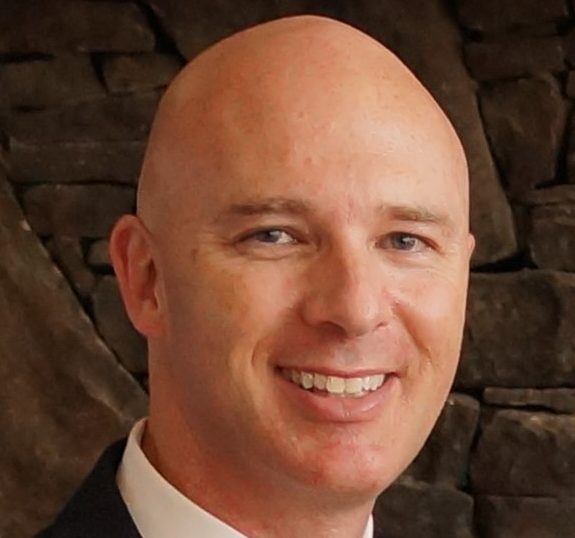 During my 25 years in property management, I’ve dealt with every type of natural disaster, weather and man-made event you can think of. The hurricanes we experienced last year, however, make 2017 one I will never forget.
During my 25 years in property management, I’ve dealt with every type of natural disaster, weather and man-made event you can think of. The hurricanes we experienced last year, however, make 2017 one I will never forget.
Hurricane Harvey kicked off a trifecta of hurricanes when it slammed into Houston on August 26th as a Category 4 storm. This was followed by Hurricane Irma, a Category 5 storm that blanketed the state of Florida on September 6th. Then, on September 20th, the hurricane we all feared would someday hit Puerto Rico made landfall, and its name was Maria.
Kimco’s disaster response strategy
Having a disaster response plan on hand is vital for commercial real estate management firms since disaster could strike at any time and place. Thankfully, Kimco refined its disaster response plan over the years to fine-tune response and recovery efforts following these events. With Hurricane Maria, our first concern was the safety and security of our employees, retailers and customers. Our second concern was to start the restoration effort within a reasonable amount of time. Here’s what we learned throughout the process.
Braving Hurricane Maria
As part of a natural disaster plan, it’s critical to have a pre-storm protocol in place. In preparation for the storm, vendors, including engineers and construction and maintenance contractors, were put on standby, and our property manager went through a checklist to make sure everything was in order. We staged security guards at each site in safe bunkers and they communicated critical information to our property manager regarding damage, looting and tenant re-opening status. Pre-storm, always prepare for the worst.
From the perspective of responding to, and recovering from a natural disaster, Maria truly was the “perfect storm.” Once the storm passed, it quickly became clear this would be like no other event we had dealt with. More than 90 percent of Puerto Rico’s electrical grid was destroyed, cell towers were devastated, and critical infrastructure was washed away. Nearly all of Puerto Rico was in the dark, with very few resources available from outside the island. As a result, the labor force was slow to respond while vendors were busy taking care of their families and homes, a necessary first priority.
Recovery efforts and challenges
In the recovery process, make sure to document the damage, make necessary immediate repairs, and work with your insurance carrier to file the claim for each site. This sounds easy, but during Hurricane Maria, there was no power, no fuel, a shortage of labor and materials, and the airport and seaport were closed to commercial traffic.
Every possible option was on the table when determining how to help our people, get them the supplies and resources they needed, and restore our properties to an operable condition. In an event like this, your top priorities should include:
- Keeping employees safe
- Getting and securing materials to the island
- Procuring commercial-grade generators for basic lighting
- Securing diesel fuel to run the generators
- Providing a security presence at the properties to prevent looting
- Drying out tenant spaces to prevent mold
Site restoration begins
Within a matter of days, the first inspectors arrived in Puerto Rico to begin site inspections. The process included looking for structural damage, testing air quality, evaluating major roof damage and inspecting the parking lots for subgrade failure. In our case, while there was no structural damage, there was extensive roof work needed across the portfolio. We immediately went to work to procure necessary roofing materials, but after a few weeks, determined we would have more success sourcing materials locally, or from neighboring islands.
Slowly but surely our properties were restored to their pre-storm condition. Our regional mall, Plaza Centro in Caguas, reopened its food court in late January, and our last property that was without power had electricity restored shortly thereafter. Most tenants continued to operate their businesses in the weeks and months following the storm without electricity—a true testament to Puerto Ricans’ resilience and hard work.
Planning for future disasters
In retrospect, I couldn’t be prouder of my team during these challenging times. Each natural disaster presented its unique challenges, which our employees overcame. We are conducting a post-mortem review of each event and the obstacles we encountered, to see if there is a better way of handling it in the future. We will ramp up our field training program to involve situational training. Lastly, we are critically looking at our business continuity plan for our regional and corporate offices, so we’re prepared for any event that might strike where we have a corporate presence.
The truth is, it can be difficult to prepare for the unexpected, especially a hurricane with the magnitude of Maria. It’s critical to have plans in place for before, during, and after the event to set the framework for how the company and its employees should respond in the event of a natural disaster. Review these plans regularly to ensure that you’re ready for the worst possible scenario.
Special thanks to those that went above and beyond the call of duty, especially those in Puerto Rico who endured the most extreme conditions.
Chris Freeman is the senior vice president of property management for Kimco Realty. Freeman is responsible for the team that manages Kimco’s 492 shopping centers in the U.S. and Puerto Rico. He manages tenant relations and services, as well as the upkeep and appearance of Kimco’s properties. Freeman is also responsible for long-term strategic planning, expense management, capital improvements, energy and utility management programs, sustainability initiatives and reporting, vendor management and operational ancillary income programs.

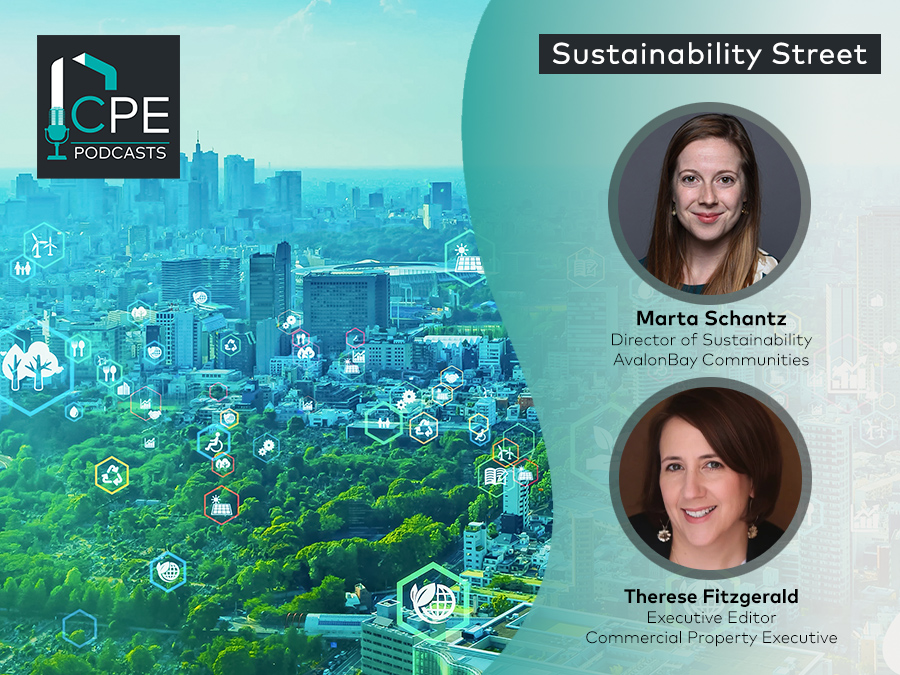

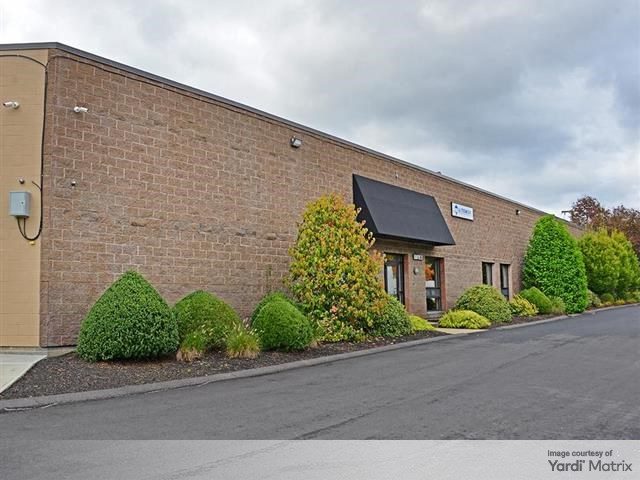
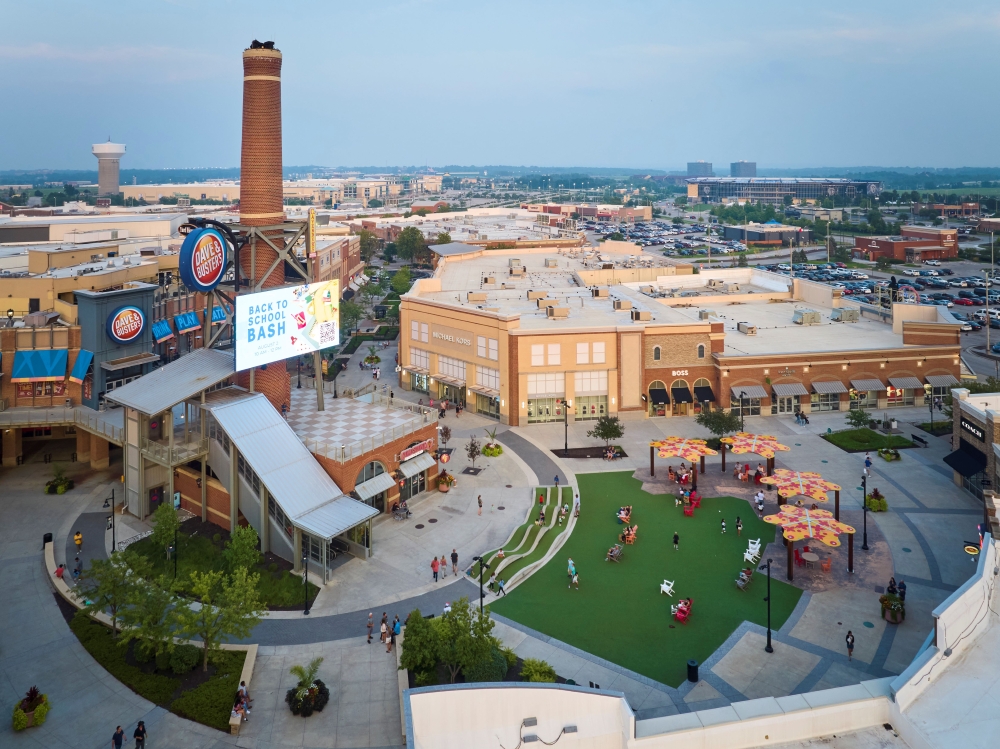
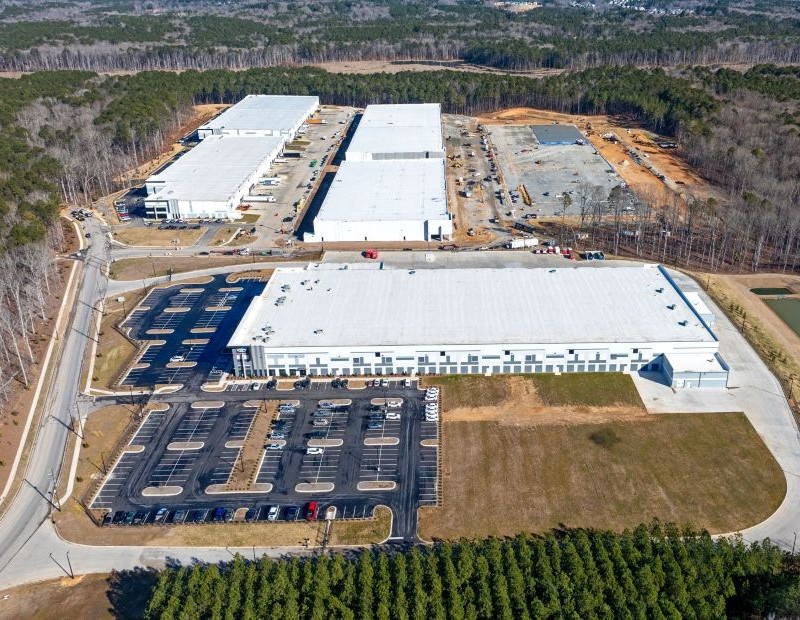
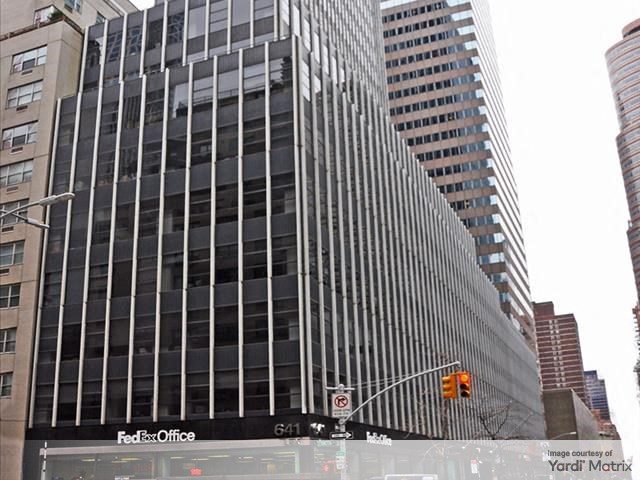
You must be logged in to post a comment.